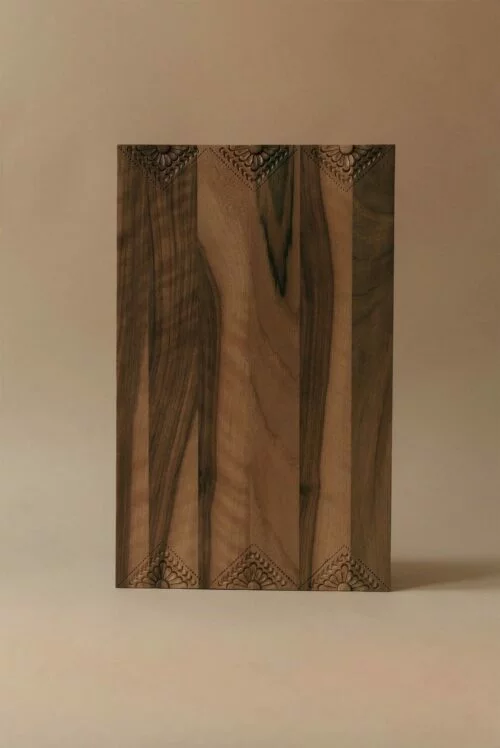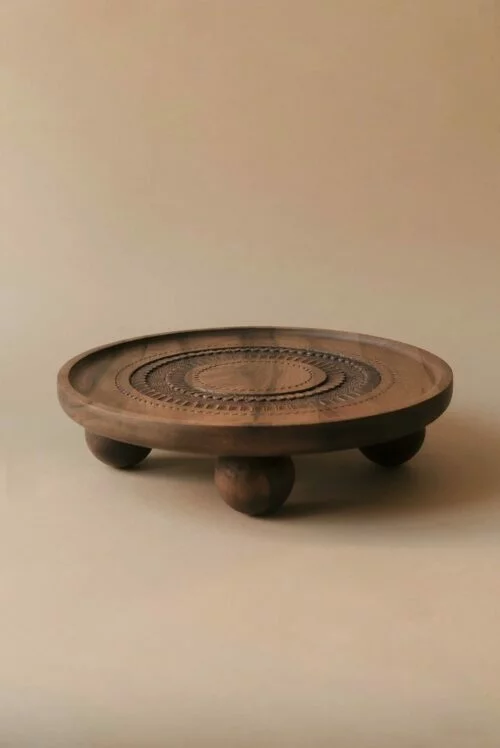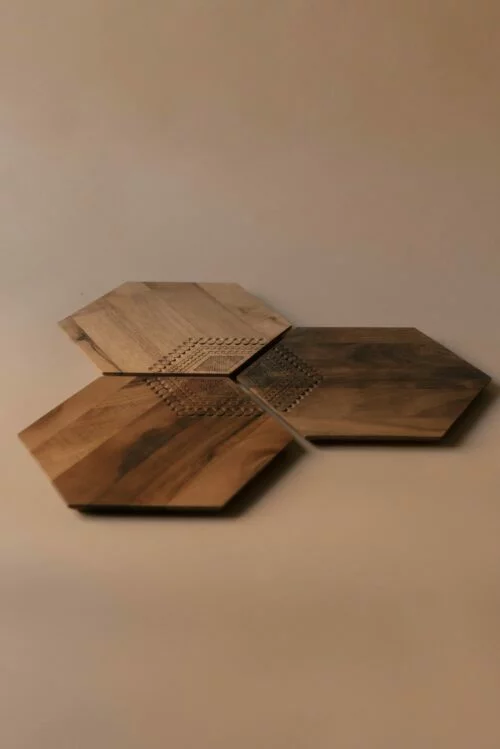Walnut Wood: Durability and Aesthetic Appeal
Walnut wood has long been revered by artisans for its exceptional durability and exquisite aesthetic appeal. This rich, dark-toned wood possesses unique characteristics that set it apart from other varieties. Whether it’s the distinctive grain pattern, the wide spectrum of beautiful colors, or the intrinsic longevity, walnut wood continues to captivate craftsmen and designers alike.
Understanding the Unique Characteristics of Walnut Wood
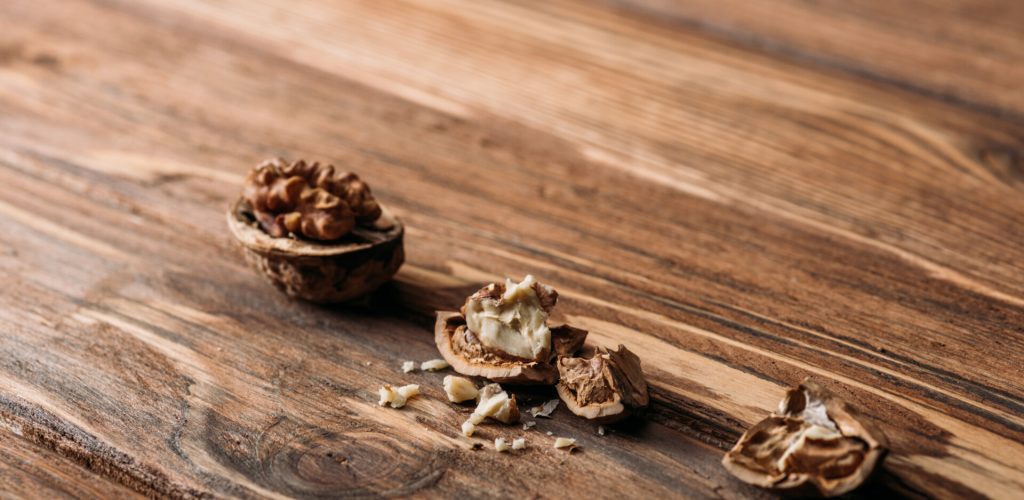
The history of walnut wood in craftsmanship goes back centuries, deeply rooted in tradition and artistry. Artisans have long recognized the inherent beauty and durability of this wood, making it a staple in their creations.
Walnut wood is not only prized for its aesthetic appeal but also for its remarkable durability and workability. Craftsmen throughout history have favored walnut wood for its strength and resistance to warping, making it an ideal choice for furniture, flooring, and decorative accents.
The Rich History of Walnut Wood in Craftsmanship
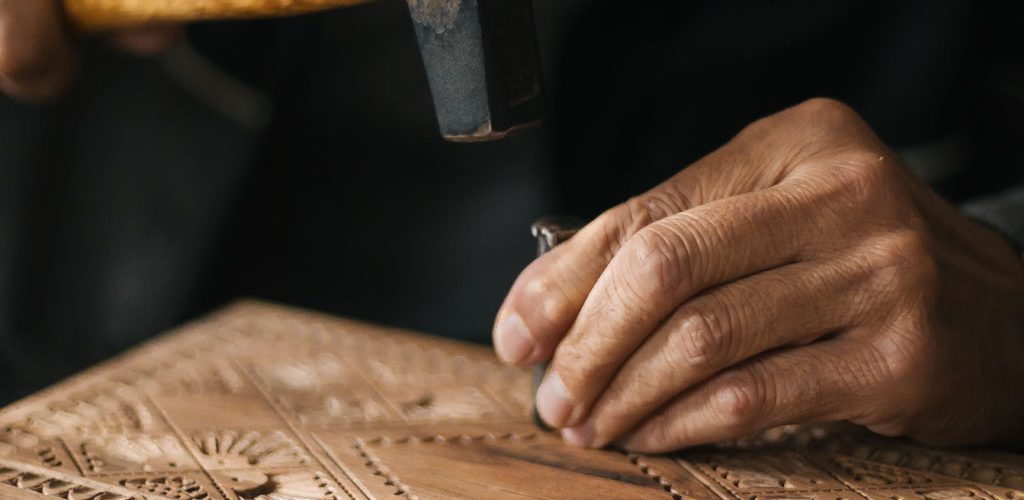
Walnut wood holds a special place in the world of craftsmanship due to its rich history. Dating back to ancient times, walnut wood was prized for its exceptional strength and inherent elegance. From intricate furniture pieces to masterful carvings, walnut wood has been utilized in a myriad of applications.
The versatility of walnut wood is evident in its ability to complement both traditional and contemporary design styles. Whether used in a classic antique piece or a modern minimalist creation, walnut wood adds a timeless sophistication that transcends trends.
The Distinctive Grain Pattern of Walnut Wood
One of the defining features of walnut wood is its unique grain pattern. It boasts a rich and intricate design that adds a touch of sophistication to any creation. The swirling patterns and varying shades contribute to the allure of walnut wood, making it a favorite among artisan woodworkers.
Each piece of walnut wood tells a story through its grain pattern, reflecting the tree’s growth rings and natural characteristics. This natural beauty is enhanced through careful craftsmanship, highlighting the organic elegance of walnut wood in every finished product.
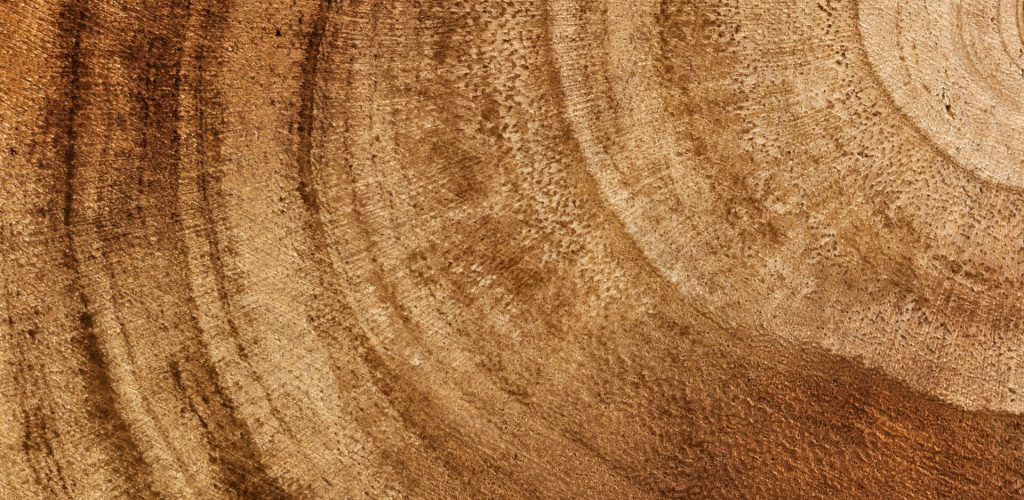
The Durability Factor of Walnut Wood
When it comes to durability, walnut wood is unsurpassed. Its hardness and resistance to decay make it an ideal choice for both functional and decorative purposes.
The Hardness Scale: Where Does Walnut Wood Stand?
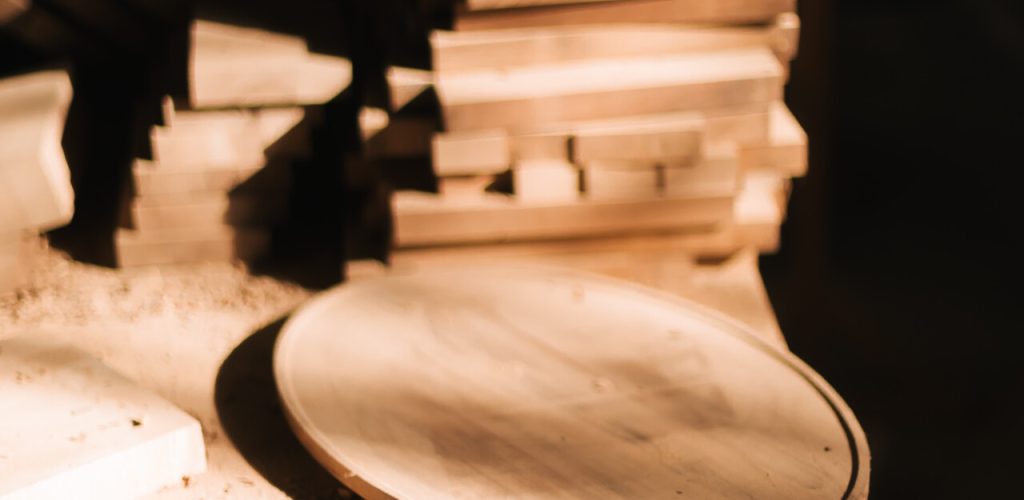
On the Janka hardness scale, which measures the resistance of wood to wear and denting, walnut wood ranks above many other popular wood types. Its superior hardness ensures that it can withstand the test of time, making it an excellent investment for furniture and other long-lasting creations.
Walnut wood’s impressive hardness is a result of its tight grain structure and natural oils, which contribute to its strength and durability. This characteristic makes it a top choice for high-traffic areas where wear and tear are common, ensuring that your walnut wood pieces will maintain their beauty and integrity for years to come.
Resistance to Decay and Damage: An Overview

Walnut wood possesses natural properties that enhance its resilience against decay and damage. Due to its dense composition, it is less susceptible to rot or insect infestation, making it an ideal choice for outdoor furniture or structures.
Additionally, walnut wood’s resistance to moisture and humidity further solidifies its reputation as a durable material. This makes it a popular choice for kitchen cabinets, countertops, and flooring, where exposure to water and spills is common. Its ability to resist warping and swelling in such conditions sets it apart from other wood types, ensuring a long lifespan for your walnut wood products.
Longevity of Walnut Wood: What to Expect?
With proper care and maintenance, walnut wood can last for generations. Its durability and stability ensure that it can withstand daily wear and tear while retaining its beauty and structural integrity. The aging process of the wood only adds to its charm, as it develops a rich patina over time.
Whether used in heirloom furniture pieces, architectural elements, or artisanal crafts, walnut wood’s longevity is a testament to its exceptional quality. Its ability to age gracefully and maintain its strength and beauty over time makes it a valuable investment for those seeking enduring elegance in their wood creations.
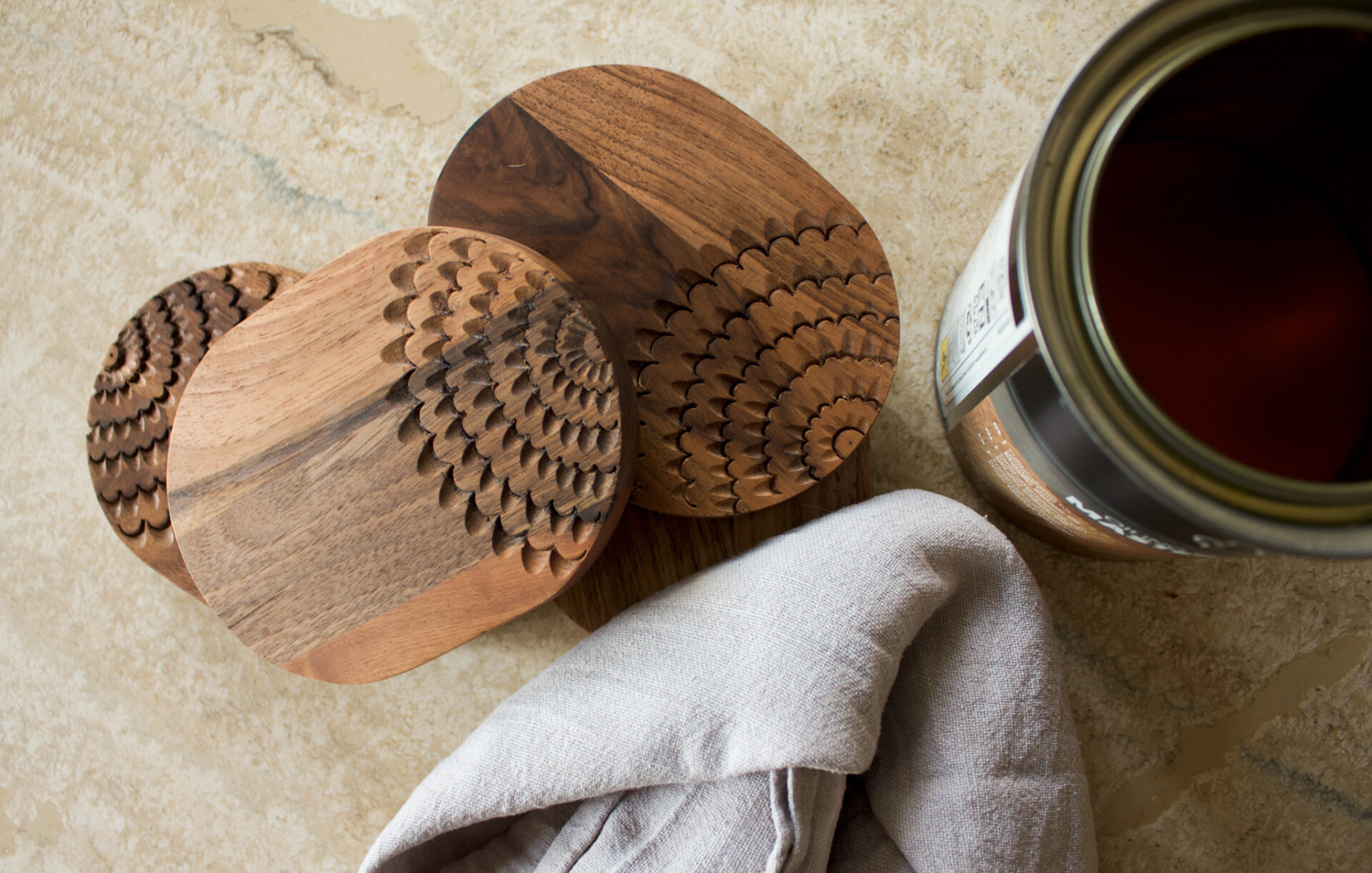
The Aesthetic Appeal of Walnut Wood
Aside from its exceptional durability, walnut wood is highly regarded for its unparalleled aesthetic appeal. Its deep, luxurious color and versatile nature make it a prominent choice in contemporary design and various art forms.
When examining the rich history of walnut wood, one can trace its popularity back to centuries past. Renowned for its beauty and strength, walnut wood has been a favored material for crafting exquisite furniture, musical instruments, and decorative items throughout the ages. The deep, warm tones of walnut evoke a sense of timeless elegance that transcends trends and fads, making it a classic choice for those seeking enduring sophistication in their surroundings.
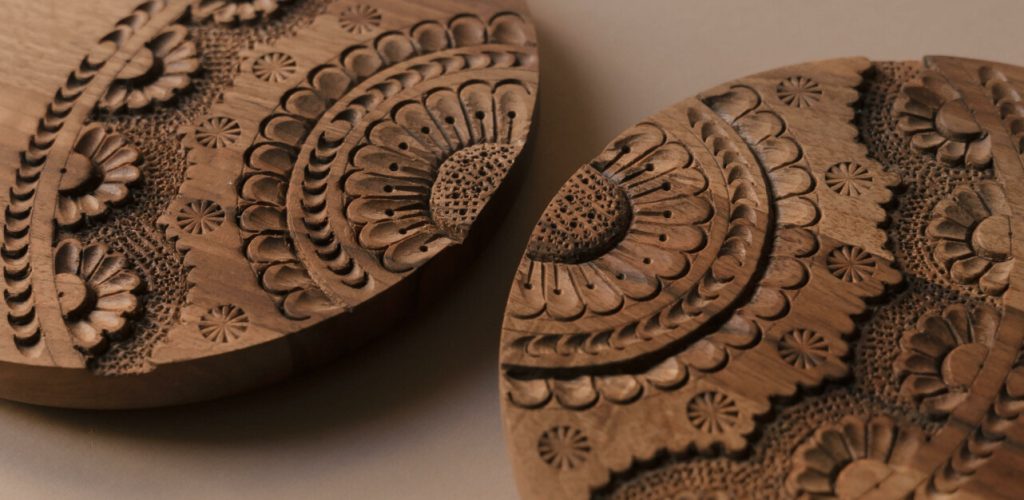
Walnut Wood in Contemporary Design
Contemporary designers often turn to walnut wood for its ability to add warmth, sophistication, and depth to modern interiors. From sleek furniture pieces to intricately crafted wall panelings, walnut wood effortlessly elevates the overall aesthetic of any space.
Moreover, the sustainability of walnut wood adds to its appeal in the realm of contemporary design. As a renewable resource, walnut trees are carefully harvested and replanted to ensure a continuous supply of this prized material. This eco-friendly aspect resonates with modern consumers who prioritize environmentally conscious choices in their decor.

The Role of Walnut Wood in Luxury Interiors
Walnut wood is often associated with luxury and opulence. Its elegant appearance and richness add a sense of grandeur to high-end interiors. From stunning display cabinets to handcrafted accessories, walnut wood lends an air of sophistication to any setting.
In luxury interiors, the incorporation of walnut wood extends beyond mere aesthetics. The inherent strength and longevity of walnut make it a practical choice for investment pieces that are designed to last for generations. This durability, coupled with its undeniable beauty, solidifies walnut wood’s status as a symbol of refined taste and enduring quality in the world of interior design.
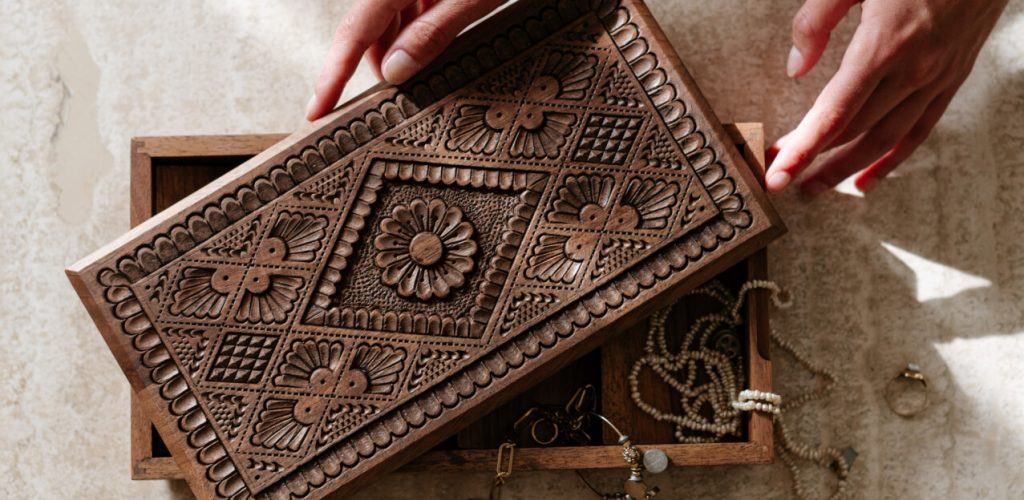
Working with Walnut Wood: An Artisan's Perspective
While the allure of walnut wood is undeniable, working with this exceptional material does present its own set of challenges. However, for artisans passionate about their craft, the rewards far outweigh the obstacles.

The Challenges and Rewards of Crafting with Walnut Wood
Artisans who choose to work with walnut wood embrace the unique challenges it presents. Its density requires precise techniques and specialized tools to achieve the desired results. However, the end product is a testament to the skill and dedication of the artisan, resulting in a masterpiece that will be treasured for years to come.
The Tools and Techniques for Working with Walnut Wood

Working with walnut wood demands a certain level of expertise and the use of specific tools and techniques. Sharp chisels, fine-toothed saws, and delicate sanding methods are just some of the tools and techniques artisans employ to bring out the true beauty of this remarkable wood.
Conclusion
In conclusion, walnut wood stands as a testament to timeless durability and aesthetic appeal in the world of craftsmanship. Its unique characteristics, including the distinctive grain pattern, wide spectrum of colors, and exceptional durability, continue to inspire artisans to create exceptional works of art. From the rich history rooted in tradition to its prominent role in luxury interiors, walnut wood is a material cherished by artisans for its unrivaled beauty. Working with walnut wood comes with its challenges, but the results are well worth the effort and dedication. As artisans continue to dive into the world of walnut wood, this remarkable material will undoubtedly remain a staple of artistry for generations to come.
